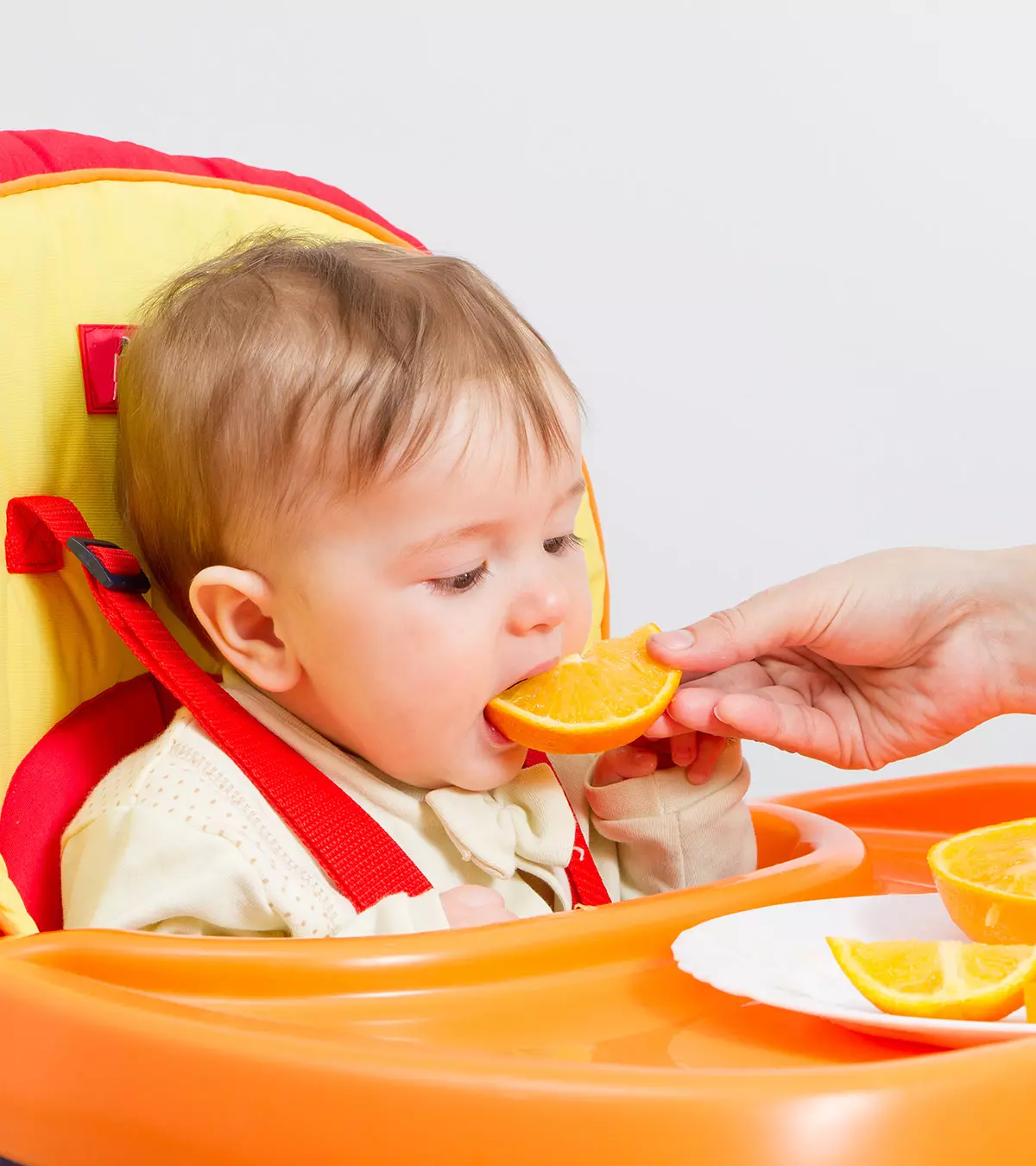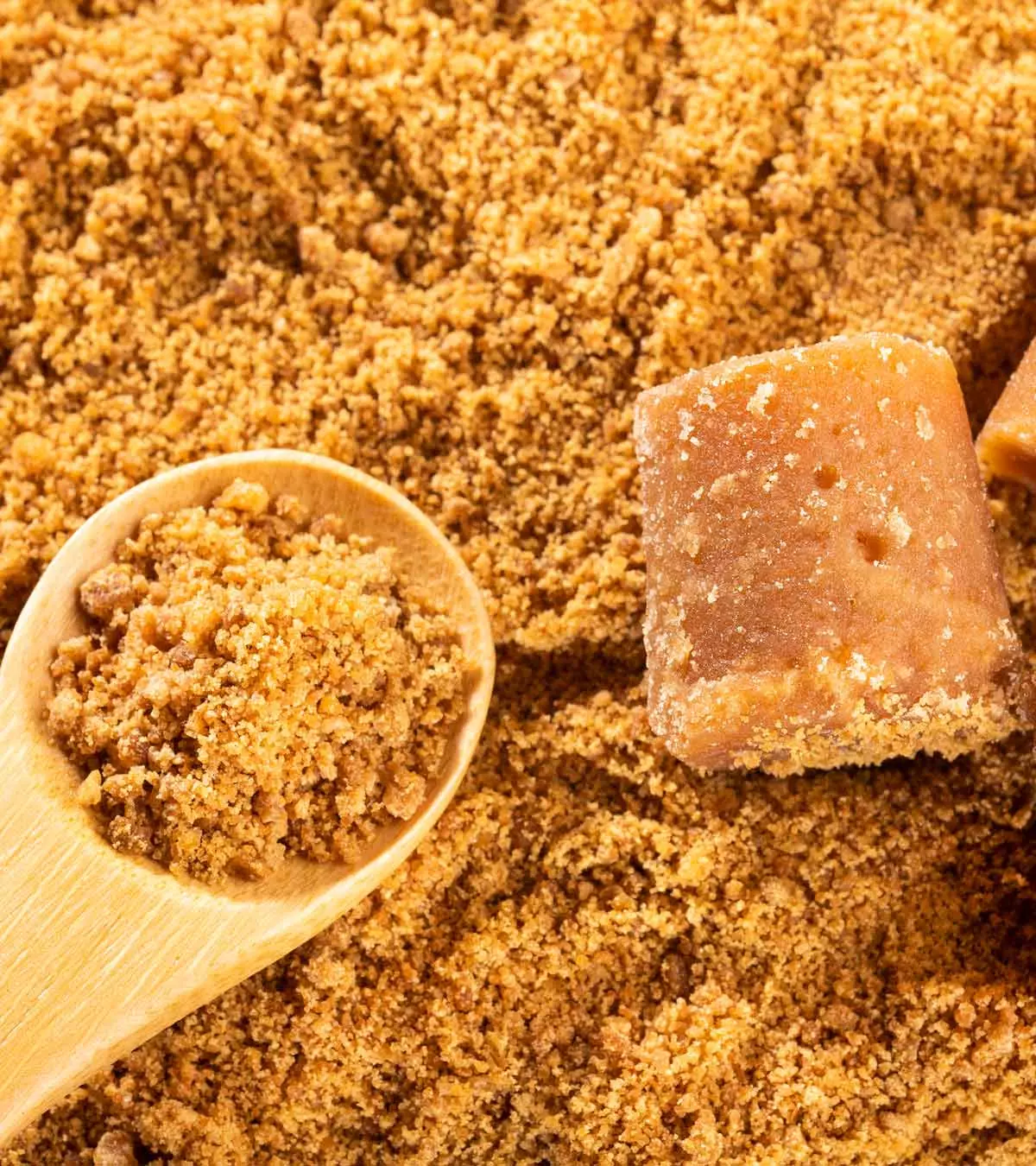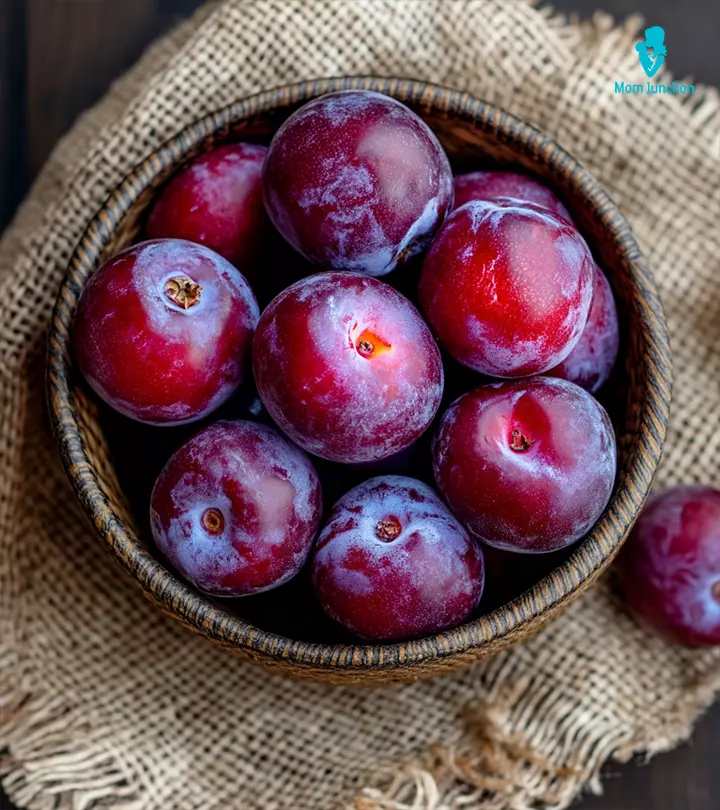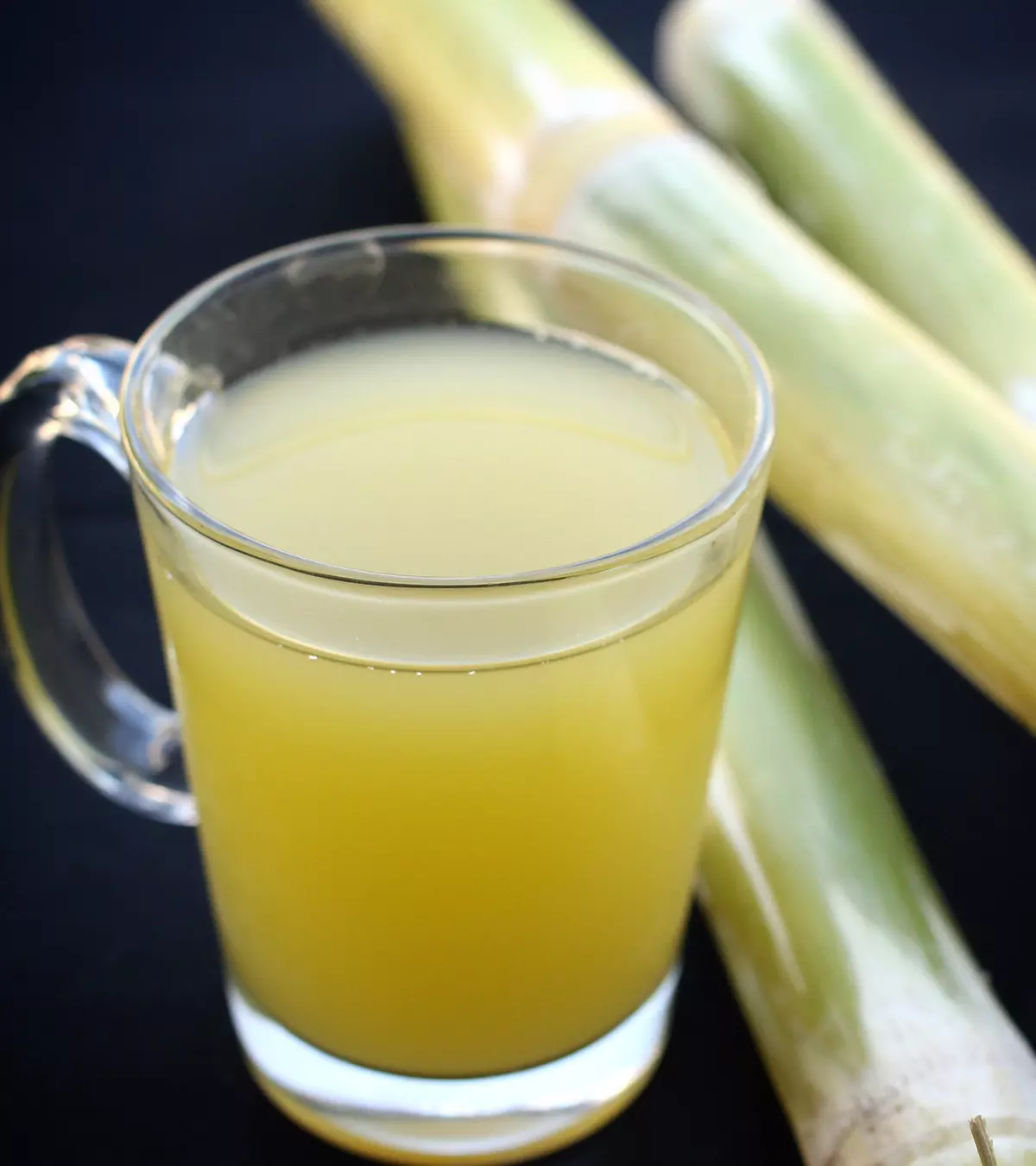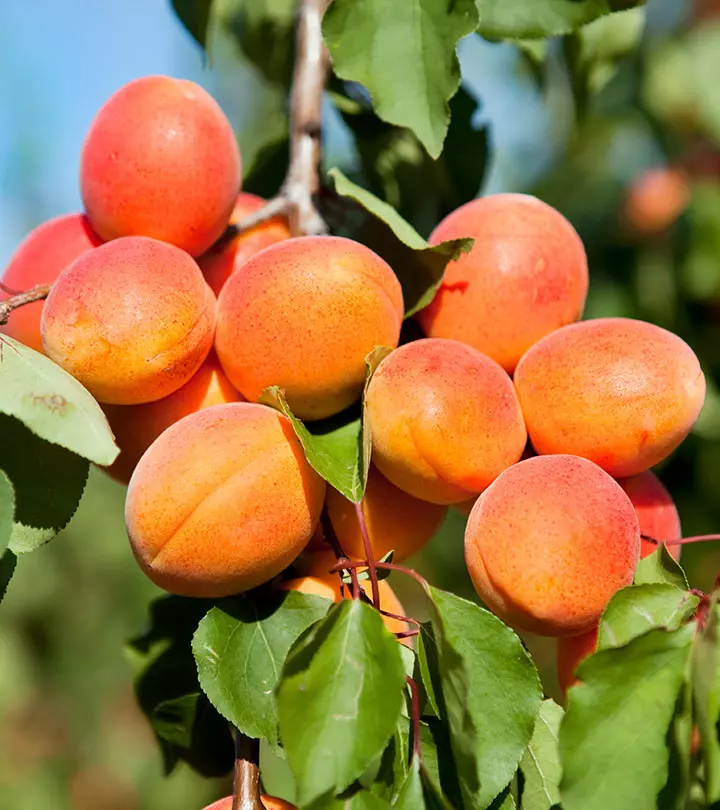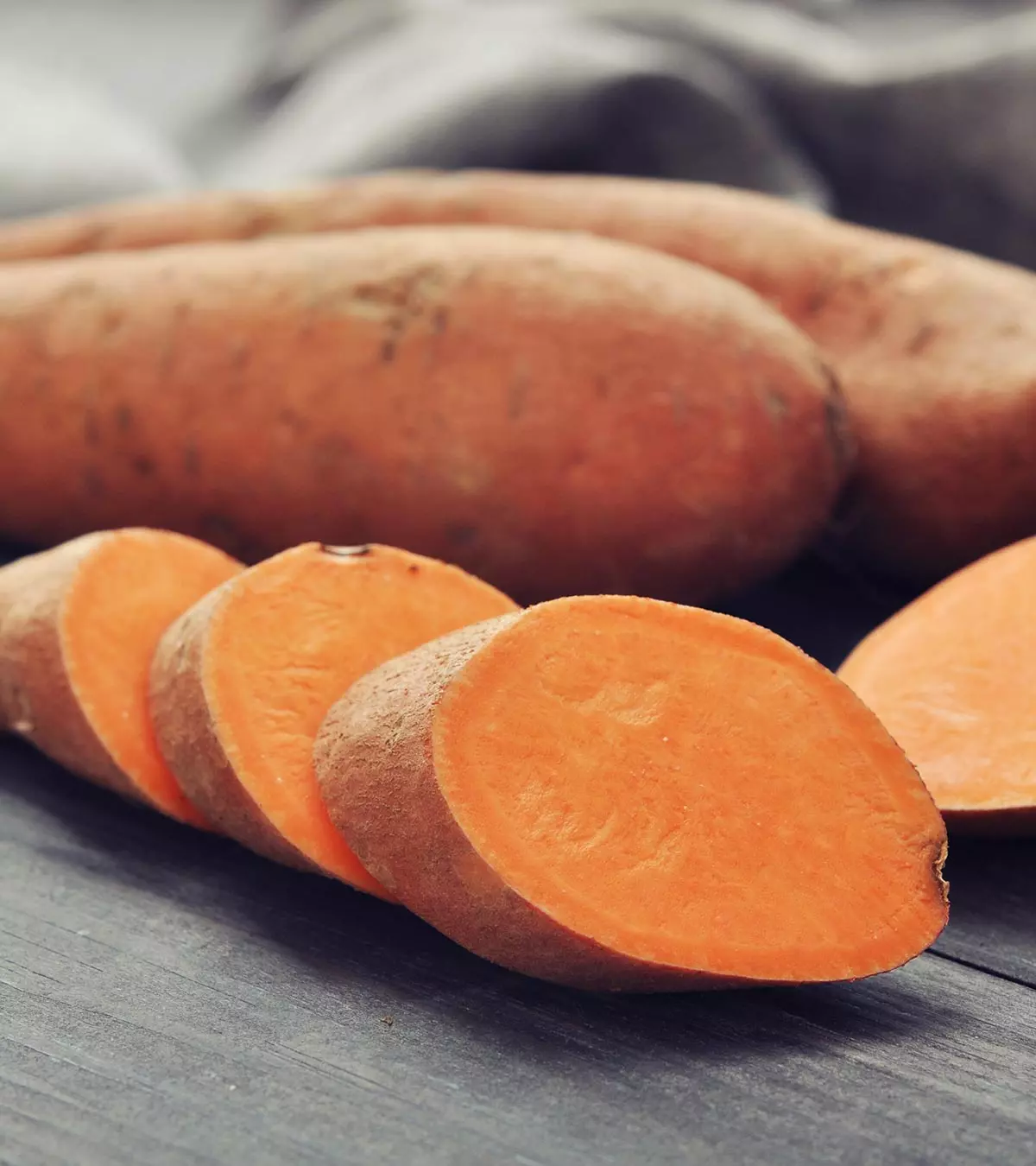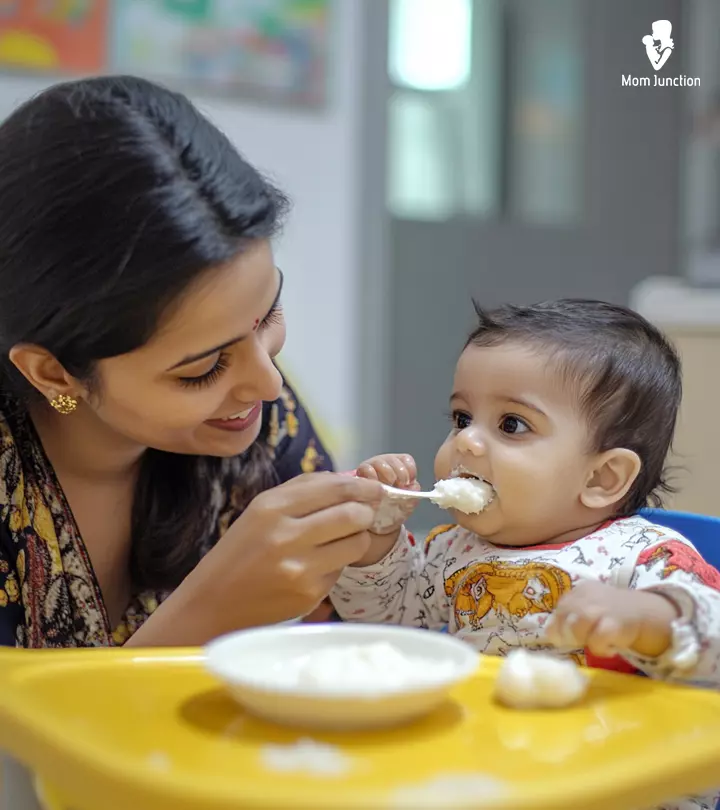
Midjourney/ MomJunction Design Team
Sabudana for babies can be an excellent solid food choice due to its carbohydrate-dense nutritional profile. Sabudana is also known as tapioca pearls, and these are tiny starchy balls prepared from the starch of the cassava root. You may recognize them from the popular tea drink called bubble tea.
Tapioca pearls are used in various foods and beverages due to their neutral flavor and tendency to gel. Many parents consider including it in their infant’s diets once they are ready to eat solid foods.
This post discusses the benefits of sabudana for babies, precautions to consider when feeding, and some tasty sabudana recipes to try.
Key Pointers
- Babies aged six months and older can consume sabudana as part of solid meals.
- Sabudana is an easy-to-digest, gut-friendly, energy-dense, and growth-promoting food for a baby.
- Don’t overfeed sabudana to babies and toddlers as it will suppress their appetite, leaving no room for other food items.
- Sabudana and carrot puree or sabudana khichdi can be a delightful and healthy addition to your baby’s diet.
When Can Babies Consume Sabudana?
Cassava is a common weaning food for babies (1) (2).
Therefore, babies can consume sabudana from the age of six months, when they are ready to consume other solid foods.
You can begin by feeding with two to three teaspoons of sabudana water (not whole sabudana) in a day. Once the infant adjusts to the sabudana’s taste and digestibility, gradually shift to a wide variety of sabudana recipes, such as porridge, soup, stew, and pudding made with tapioca pearls or flour.
Nutritional Value Of Sabudana
Sabudana is rich in carbohydrates, including the healthy resistant starch.
It also contains small amounts of essential nutrients. 100 grams of dry sabudana (tapioca pearls) contains 88.7g of carbohydrate, 20mg of calcium, 11mg of potassium, 7mg of phosphorus, and 1.58mg of iron (3).
Sabudana contains only trace amounts of protein and barely any vitamins. Therefore, feeding sabudana to your baby as part of a well-balanced diet is advisable. Sabudana is only meant to supplement a normal diet.
Possible Benefits Of Sabudana For Babies
Although sabudana has limited nutrients, it can still be a valuable addition to your baby’s diet for the following reasons (4).
- Easy-to-digest: Sabudana flour is easy-to-digest, making it an ideal introductory food or first food for a baby. You can make soupy cereal with the sabudana flour or add it to fruit and vegetable purees.
- Energy-dense: 100 grams of sabudana contains 358kcal of energy, primarily due to the high carbohydrate content. It can help meet babies’ increased energy needs during the first year of life and facilitate weight gain.
- Gut-friendly: Sabudana is an excellent source of resistant starch that could keep the tummy full for longer, enhance gastric motility, and ward off constipation (5). The resistant starch acts as a prebiotic, therefore it benefits/feeds the gut microbiota, and provides several long-term health benefits (6). Moreover, some studies indicate that using sago (also known as sabudana) may be beneficial in treating diarrhea in young children (7).
A mother of two, Shravya narrates how she uses Sabudana as a remedy for her children whenever they struggle with loose motion, “Sabudana is the best food for kids as my infant and toddler love that. When Suraj (the son) was in his 9th month, he suffered from motion (diarrhea). I fed him sabudana porridge daily for a week, and he improved. My infant (Samaya) is in her 9th month, and the same motion problem started. Again, sabudana came to my rescue. I prepare plain porridge by soaking it for one hour and boiling it with enough water until the pearls become transparent (i).”
- Growth-supporting: Tapioca pearls contain some amount of calcium, potassium, and phosphorus, which are essential for bone development in babies and toddlers. Besides, it contains iron necessary for healthy blood cells (8).
Sabudana is also considered to have anti-inflammatory and cooling effects on the body (4). Thus, its consumption during summer is often recommended in alternative medicine, such as Ayurveda.
 Did you know?
Did you know?Precautions To Take While Feeding Sabudana To Babies
Below are some precautions to observe while feeding sabudana to your baby.
- Buy sabudana from a trusted seller and manufacturer to ensure its quality.
- Wash sabudana before soaking to remove dust, dirt, and grit.
- Cook sabudana properly since undercooked sabudana can be difficult to digest for babies. Cassava may contain naturally occurring cyanogenic glycosides, which are toxic (9). However, it is rare for commercially produced sabudana to have this compound. Nevertheless, thorough cooking can neutralize any cyanogenic glycosides.
- Make sure this is the only new food being introduced that way to monitor any signs of intolerance or allergy. This should be the only new food being introduced for three to five days for this reason. Introduce sabudana water before feeding the whole sabudana to your baby. It will help the baby adjust to sabudana’s taste and digestibility. Do not feed thick sabudana porridge or soup to young babies as it may pose a choking hazard.
- Avoid overfeeding sabudana to babies and toddlers as it can suppress their appetite and may lead to nutritional deficiencies due to sabudana’s low nutrient content.
- Feed no more than a teaspoon or two to a six-month-old baby. Gradually increase the amount and begin feeding whole sabudana recipes in well-cooked, age-appropriate forms.
- If a baby looks uncomfortable after ingesting sabudana, discontinue feeding and try after some days. Stay vigilant to signs of allergy or sensitivity.
- Sabudana allergy is rare but possible. Individuals allergic to latex may also display allergy to certain plants and food items, including cassava (10). This is known as a latex-fruit syndrome. If you have a family history of latex allergy, consult a doctor before introducing sabudana to your baby.
Sabudana Recipes For Babies And Toddlers
Here are some tasty sabudana recipes that you can feed your baby and toddler in moderation.
1. Sabudana water (6+ months)
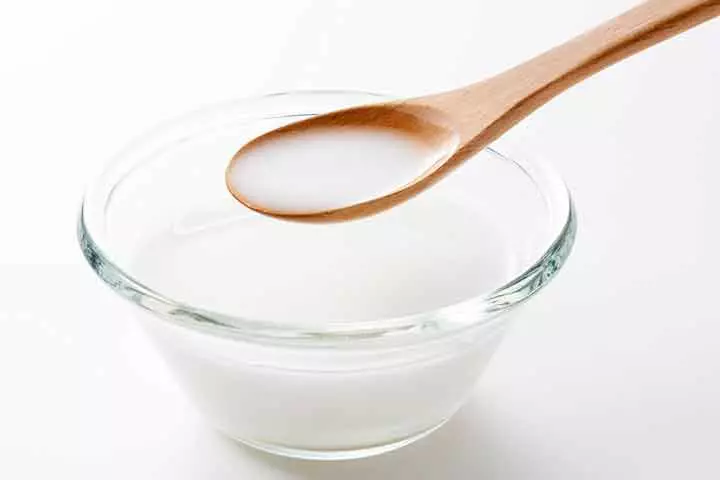
You will need:
- ½ cup sabudana
- 2 cups water
How to:
- Wash the sabudana under running water and soak it in warm water overnight. The next day, drain the water and set the sabudana aside.
- Boil two cups of water in a pan over low heat.
- As the water begins to boil, add sabudana and cook until the opaque tapioca pearls turn translucent. Switch off the flame and set the pan aside to cool.
- Mash the mixture using a spoon until the mixture becomes milky. Sieve the mixture into a bowl, using a fine-mesh sieve. The sabudana water is ready to feed.
2. Sabudana Banana Porridge (6+ months)
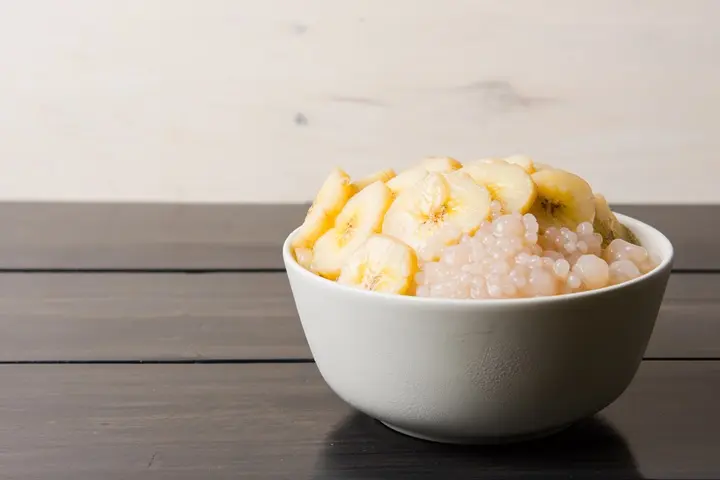
You will need:
- ¼ cup sabudana (washed)
- 1 ripe banana
- 2 cups water
How to:
- Soak the washed sabudana in warm water for about two hours.
- Once soaked, add them to a pot and cook until they are translucent.
- Take them off the heat, and drain any excess water.
- Mash the cooked sabudana for easy consumption (optional for older babies).
- Mash a ripe banana using a fork and add it to the sabudana.
- Mix them until combined well and feed immediately.
3. Sabudana and carrot puree (8 months+)

You will need:
- ½ cup sabudana
- 4tbsp fresh carrot puree
- ½ tsp jaggery powder
- 1tsp organic ghee (clarified butter)
How to:
- Wash the sabudana under running water two to three times and then soak it in water for four to five hours. After five hours, drain the water and set the sabudana aside.
- Boil two cups of water in a saucepan over medium heat.
- Add sabudana and cook until the opaque white balls turn translucent.
- At this point, if the mixture looks too thick, add some water to adjust its consistency. Switch off the flame and put the saucepan aside to cool.
- Transfer the cooked sabudana into a blender. Add jaggery powder, carrot puree, and ghee. Blend to make a smooth puree. Feed immediately.
 Quick tip
Quick tip4. Sabudana khichadi (10 months+)

You will need:
- ½ cup sabudana (washed, drained, and soaked)
- 1 small onion (finely chopped)
- 1 small potato (peeled and chopped into small pieces)
- 1tsp cumin seeds
- ½tsp fresh lime juice
- 1tbsp parsley
- 1tbsp ghee
- Pinch of black pepper powder
How to:
- Heat ghee in a saucepan over low heat and add cumin seeds.
- As the seeds begin to crackle, add onion, and saute until they turn translucent.
- Add chopped potatoes and fry for two to three minutes.
- Add soaked sabudana and cook for five to seven minutes with occasional stirring. Add water to ensure the khichdi has semi-thick consistency.
- Turn off the heat and transfer the sabudana khichdi in a bowl.
- Add lime juice, black pepper powder, and garnish with parsley and feed immediately.
- You can add peanuts or groundnuts and seasonal vegetables, such as carrot, peas, and French beans, when serving it to toddlers.
5. Sabudana kheer (Sabudana porridge) (12 months+)

You will need:
- ¼ cup sabudana (washed, drained, and soaked)
- 2 cups whole milk
- 1tsp dry fruit powder
- ½ tsp dates puree or date syrup
- ⅛ tsp cardamom powder
How to:
- Boil milk in a saucepan over low heat.
- Add dates puree, cardamom powder, dry fruit powder, and sabudana. Cook for five minutes while occasionally stirring to ensure the sabudana does not stick to the bottom of the pan.
- Add some water to ensure there are no lumps, and the consistency of the kheer is soupy and not too thick.
- Switch off the flame, pour the kheer into a bowl, and serve.
- You can make this recipe with coconut milk for older toddlers.
6. Baked sabudana vada (12 months+)
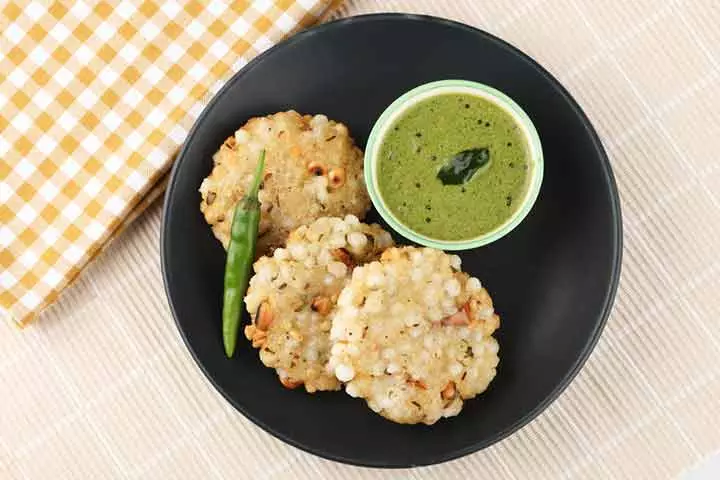
You will need:
- ½ cup sabudana (washed, soaked overnight, and drained)
- ½ cup peanuts (roasted and grounded)
- 1 potato (boiled and peeled)
- 2tsp lemon juice
- 2tsp Kosher salt
- 1tsp freshly ground cumin
- 1tsp green chili (chopped)
- 1tbsp parsley (chopped)
- 2tsp vegetable oil
How to:
- Preheat the oven to 220°F (428°C) and line a baking tray with a parchment paper.
- In a mixing bowl, add sabudana, potato, cumin, salt, green chili, parsley, lemon juice, and one teaspoon of oil. Mix everything well using a fork.
- Take a small portion of this mixture in your hands and make round balls. Press the balls lightly to form vada or patties.
- Place these vadas on the baking tray and brush their top with oil.
- Bake the vadas for 20 minutes. Transfer them into a pan, add a teaspoon of oil, and shallow fry them until the top turns golden brown.
- Transfer the vadas into a serving plate and feed immediately.
7. Sabudana idli (12+ months)
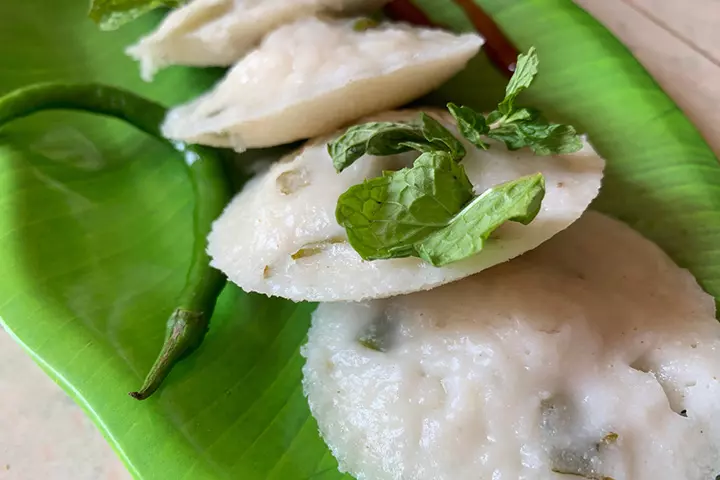
You Will Need:
- ¾ cup sabudana
- 1 cup idli rava
- 1 ½ cup curd/yogurt
- 1 ½ cup water
- Salt as per taste
- 1 tsp ghee, ½ tsp mustard seeds, and 6 cashews for tempering
How To:
- Mix washed sabudana with idli rava.
- Add beaten curd and salt to the above mix. Add a little water to adjust consistency. Cover the bowl and let set for about eight hours or better overnight.
- Next, give everything a good mix and add water so that the batter is neither too thick nor runny.
- Melt ghee in a pan and add mustard seeds. Let it crackle, and then add broken cashews and fry them. Add this tempering to the sabudana batter
- Fill idli molds with the batter and transfer to a steamer. Steam on medium heat for 15 to 20 minutes
- Check for doneness by inserting a fork (done if it comes out clean)
- Remove from molds and serve.
Frequently Asked Questions
1. Does sabudana cause gas in babies?
No, sabudana is easy to digest (4), and is, therefore, less likely to cause gas in babies.
2. Can sabudana be given to babies daily?
Yes, you may feed sabudana to your baby every day as part of a well-balanced diet after six months of age.
3. Can I give sabudana to my baby with a cough?
Yes, sabudana is easy to swallow. So, it could be easy for a baby to eat when they have a cough (4).
4. Can I give sabudana to my baby at night?
Yes, you may feed your baby sabudana at any time, including at night.
5. Can I give sabudana to my baby in winter?
Yes, you may give Sabudana to your baby in any season, including the winter season.
6. Is sabudana good for loose motion in babies?
Sabudana may work as a remedy for loose motions since it may help soothe the digestive system (4). Nevertheless, consult a pediatrician before giving any food or remedy to the baby during loose motions.
7. Can sabudana help with weight gain in underweight babies?
Sabudana may contribute to weight gain in underweight babies due to its high carbohydrate content, which provides essential calories. However, this can depend on various factors, such as the baby’s overall diet and the underlying cause of being underweight. Nevertheless, you can make sabudana a part of the baby’s regular, healthy diet.
When looking for Indian food ideas for your baby, dishes made with tapioca pearls or sabudana are likely to be on the list. It is an energy-dense food that may be fed to babies as sabudana water, porridge, and soup or be introduced along with other solid foods. Being neutral in taste, it can be made in both sweet and salty flavors and added to kheer, khichdi, wafers (papad), or patties. Its flour can also be used as a binder in other baby food recipes to improve their nutritional value without changing the taste. Ensure to clean the tapioca pearls and cook them properly before serving.
Infographic: Healthy Sabudana Drinks Toddlers Can Enjoy This Summer
Finding a healthy yet delectable drink for children can be tricky. Understanding the challenge, we bring you healthy sabudana drinks that toddlers can consume as a part of their well-balanced diet. Check out these quick recipes and share them with fellow moms. These recipes help break the monotony and serve sabudana in a way your child will love to relish.

Illustration: Momjunction Design Team
Illustration: Sabudana (Sago) Benefits For Babies And 5 Easy Recipes
_benefits_for_babies_and_5_easy_recipes_illustration.jpg.webp)
Image: Stable Diffusion/MomJunction Design Team
Personal Experience: Source
MomJunction articles include first-hand experiences to provide you with better insights through real-life narratives. Here are the sources of personal accounts referenced in this article.
i. Saggubiyyam payasam;https://sravzkitchendiariess.wordpress.com/2018/08/10/saggubiyyam-payasam/
References
1. Home processing and preparation of weaning foods; Food and Agriculture Organization
2. Morales and G.G. Graham, Digestibility of boiled and oven-dried cassava in infants and small children; NCBI
3. Tapioca, pearl, dry, FDC ID: 169717; Fooddata Central; USDA
4. Karad K. A. et al., Effect of Fortification with Shingada, Sabudana, and Rajgira Flour on Quality of Fasting Biscuits; International Journal of Science and Research (IJSR)
5. Bruna LetIcia, Buzati Pereira, and Magali Leonel, Resistant starch in cassava products; Food Science and Technology
6. David L Topping et al., Resistant starch as a prebiotic and synbiotic: state of the art; NCBI
7. Jai K. Das et al., Health behaviors and care seeking practices for childhood diarrhea and pneumonia in a rural district of Pakistan: A qualitative study; PLOS One
8. Nutrition Facts; University of Rochester Medical Center
9. Cyanide Poisoning and Cassava; Centre for Food Safety; Government of Singapore
10. Ibero et al., Allergy to cassava: a new allergenic food with cross-reactivity to latex; NCBI
Community Experiences
Join the conversation and become a part of our nurturing community! Share your stories, experiences, and insights to connect with fellow parents.
Read full bio of Jennifer Swallow
Read full bio of Swati Patwal
Read full bio of Rohit Garoo
Read full bio of Ghazia Shah







